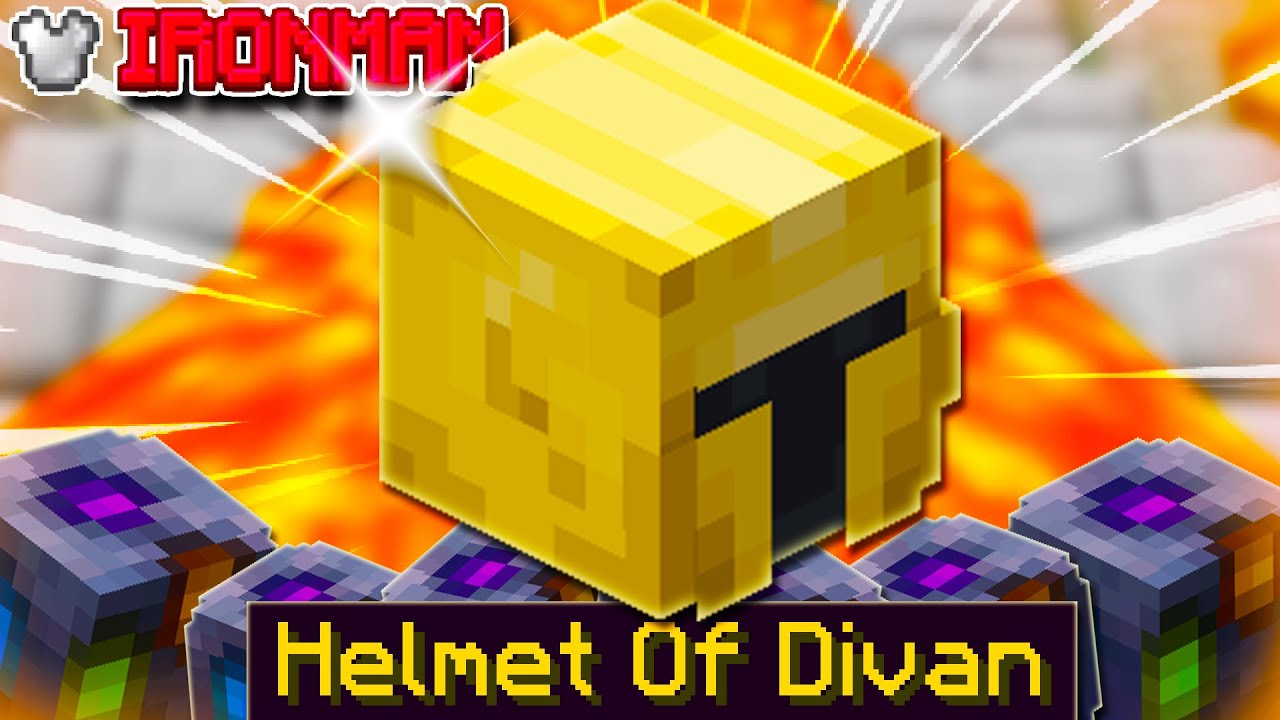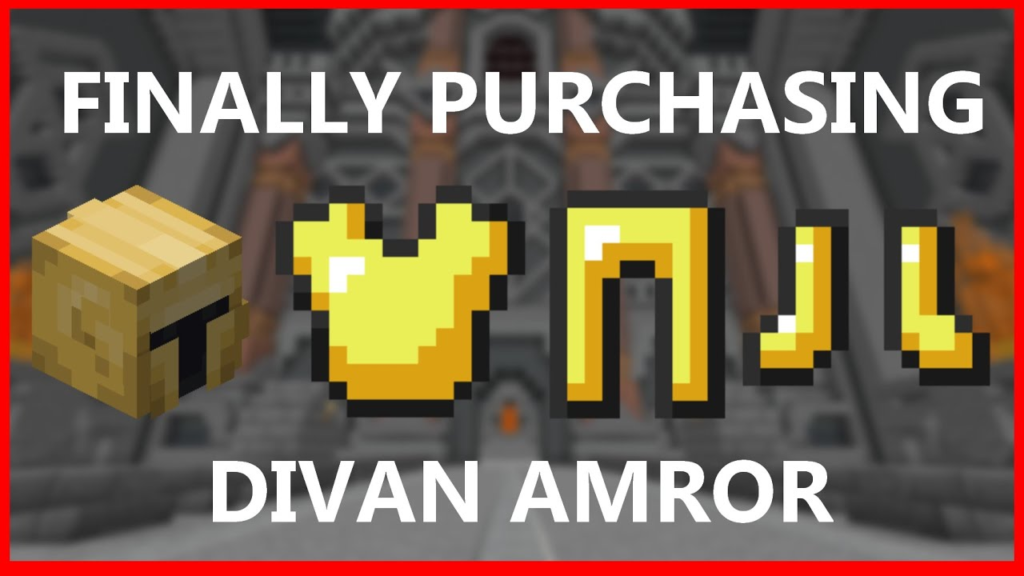Divan armor, a unique form of defensive attire, has captivated historians and enthusiasts alike for centuries. This article will delve into the fascinating world of divan armor, exploring its origins, materials, construction techniques, and the role it played in various historical contexts.
Origins and Evolution
The exact origins of divan armor remain somewhat shrouded in mystery, but evidence suggests that it emerged in the medieval Islamic world, likely during the 13th or 14th century. The term “divan” itself derives from the Persian word for “court” or “council,” hinting at its association with elite and ceremonial settings.
Early divan armor was primarily constructed from leather, often adorned with intricate metalwork and decorative elements. As metallurgical techniques advanced, metal components became more prevalent, including chain mail, plates, and even full-body harnesses.
Materials and Construction
Divan armor typically incorporated a combination of materials, each serving a specific purpose. Leather provided flexibility and comfort, while metal offered superior protection against weapons. Chain mail, a popular choice for armor, consisted of interlinked metal rings that could absorb the impact of blows.
The construction of divan armor was a meticulous process that required skilled craftsmanship. Leather pieces were cut, shaped, and stitched together to form the base of the armor. Metal components, such as plates or chain mail, were then attached using rivets, lacing, or other fastening methods.
Defensive Features
Divan armor was designed to provide comprehensive protection for the wearer. The most common features included:
Helmet: Helmets varied in style and design, but often featured a conical or rounded shape with a visor for protection.
Coat: The coat was the primary component of divan armor, covering the torso and arms. It could be made entirely of leather, chain mail, or a combination of both.
Hose: Hose covered the legs and could be made of leather or fabric, sometimes reinforced with metal plates.
Gauntlets: Gauntlets protected the hands and were typically made of leather or metal.
Decorative Elements
In addition to its defensive function, divan armor often served as a symbol of status and wealth. Elaborate decorations were commonly used to enhance its appearance and convey the wearer’s social standing.
Embroidery: Intricate embroidery patterns were often used to decorate leather components of divan armor.
Metalwork: Metalwork, such as gilding, engraving, and repoussé, was employed to create decorative elements on metal components.
Gems and Jewels: Precious stones and jewels were sometimes used to embellish divan armor, further emphasizing its luxurious nature.
The Role of Divan Armor in History
Divan armor played a significant role in various historical contexts. It was worn by elite soldiers, courtiers, and ceremonial figures, symbolizing their status and power.
Military Use: While not as common as plate armor in battlefield situations, divan armor was sometimes used by elite cavalry units or in ceremonial combat events.
Courtly Attire: Divan armor was frequently worn by courtiers and dignitaries at royal events and ceremonies, demonstrating their loyalty and affiliation with the ruling class.
Religious and Ceremonial Functions: In some cultures, divan armor was associated with religious or ceremonial practices, symbolizing divine protection or spiritual authority.
Divan Armor Today
Today, divan armor is primarily a subject of historical and artistic interest. Museums and private collections around the world house impressive examples of this unique form of protective attire.
Conclusion
Divan armor stands as a testament to the ingenuity and craftsmanship of its creators. From its origins in the medieval Islamic world to its role in various historical contexts, this distinctive form of armor has left an enduring legacy. Through its intricate designs, luxurious materials, and symbolic significance, divan armor continues to fascinate and inspire those who study it.

FAQs
General Information
Q: What is Divan Armor?
A: Divan Armor is a line of high-quality body armor designed to provide protection from various threats, including ballistic threats and blunt force trauma.
Q: Who is Divan Armor suitable for?
A: Divan Armor caters to a wide range of individuals, including law enforcement officers, security personnel, and civilians seeking personal protection.
Q: What are the key features of Divan Armor?
A: Divan Armor typically offers features such as:
Lightweight construction for comfort and mobility
High-performance ballistic materials
Ergonomic design for optimal fit and wearability
Customizable options to suit individual needs
Types of Divan Armor
Q: What types of Divan Armor are available?
A: Divan Armor offers a variety of options, including:
Concealable armor: Designed to be worn discreetly under clothing
Visible armor: Designed for overt protection, often worn by law enforcement or security personnel
Plate carrier systems: Modular systems that allow for customization and attachment of various components
Q: What is the difference between Level IIA and Level II armor?
A: Level IIA armor is designed to stop pistol rounds, while Level II armor can stop rifle rounds. The choice between these levels depends on the specific threat assessment.
Performance and Durability
Q: How effective is Divan Armor in stopping threats?
A: Divan Armor is designed to meet or exceed industry standards for ballistic protection. However, the effectiveness of any armor depends on factors such as the specific threat, the type of armor, and proper fit and wear.
Q: How durable is Divan Armor?
A: Divan Armor is typically constructed from durable materials that can withstand rigorous use. However, proper care and maintenance are essential to ensure long-lasting performance.
Q: Can Divan Armor be reused after being struck by a projectile?
A: Generally, armor should not be reused after being struck by a projectile. The impact can compromise the integrity of the armor, potentially reducing its protective capabilities.
Comfort and Wearability
Q: Is Divan Armor comfortable to wear?
A: Divan Armor is designed to be as comfortable as possible, but individual comfort levels may vary. Factors such as fit, weight distribution, and the type of armor can influence comfort.
Q: Can Divan Armor be worn for extended periods?
A: The ability to wear Divan Armor for extended periods depends on factors such as the type of armor, the individual’s body type, and the specific activities involved. Concealable armor is generally more comfortable for extended wear.
Cost and Maintenance
Q: How much does Divan Armor cost?
A: The cost of Divan Armor can vary depending on the type, level of protection, and specific features. It’s essential to consider the long-term value and potential cost savings associated with increased protection.
Q: What is the recommended maintenance for Divan Armor?
A: The manufacturer’s guidelines should be followed for proper care and maintenance. This may include regular cleaning, inspection, and storage in appropriate conditions.
For more information and to explore specific Divan Armor products, please visit the official Divan Armor website or consult with a reputable armor retailer.
Note: It’s crucial to consult with a qualified professional to assess your specific protection needs and select the appropriate Divan Armor product.
To Read More; click here